Collective Soul
Buy Collective Soul Collective Soul reached its full musical promise and commercial success with their 1995 self-titled second album, sometimes referred to as their “blue album”. Here, the rock quintet from Georgia struck […]
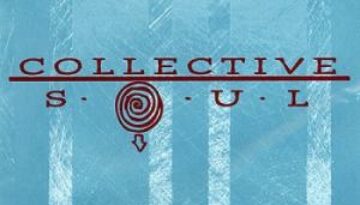
Buy Collective Soul Collective Soul reached its full musical promise and commercial success with their 1995 self-titled second album, sometimes referred to as their “blue album”. Here, the rock quintet from Georgia struck […]

Buy Chicago V Continuing an incredible run of musical output and commercial success, Chicago released their fifth overall album in a 39 month span with 1972’s Chicago V. The fourth studio album by […]
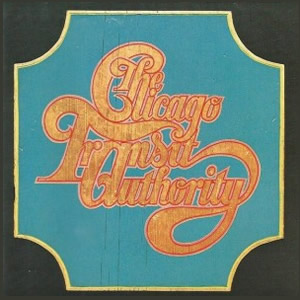
Buy Chicago Transit Authority Chicago used their short-lived name for their double-length 1969 debut album, Chicago Transit Authority. From the inception, the seven member group fused brass, jazz, soul, and blues-based rock and […]
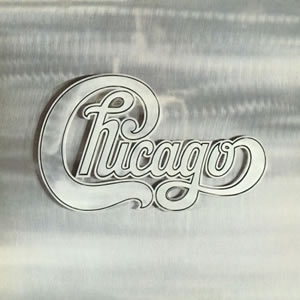
Buy Chicago II Officially titled Chicago, the second double-length album by the group with the same name saw their full immersion into mainstream success while still building on their fusion of rock, funk […]
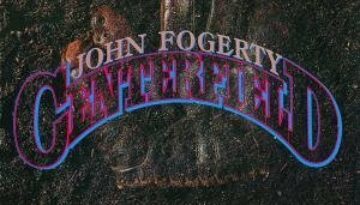
Buy Centerfield A true solo album in every sense of the word, Centerfield, features John Fogerty writing every song as well as playing every instrument on those songs. Simple in composition while rich […]
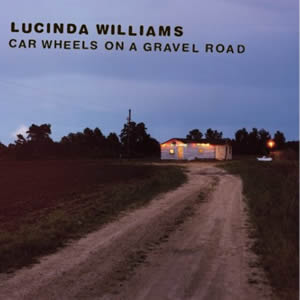
Buy Car Wheels On a Gravel Road Car Wheels on a Gravel Road, the fifth studio album by Lucinda Williams, is a highly acclaimed, awarded and influential 1998 record. In fact, several have […]
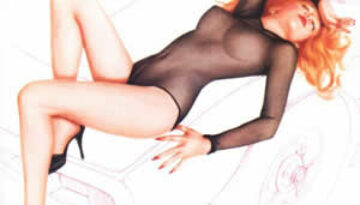
Following up on a massively successful debut album is a daunting task. A group may want to build on their most successful musical elements while still leaving room to explore new directions. The […]
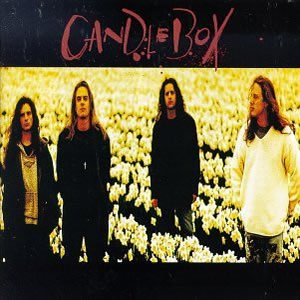
Candlebox was one of the last riders of the huge Seattle grunge wave of the early 1990s. Consequently, they were at the vanguard of the post-grunge wave, where this newly labeled “alternative” music […]
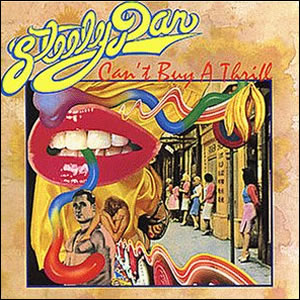
Buy Can’t Buy a Thrill For a debut effort, Can’t Buy a Thrill by Steely Dan is quite polished and refined. This is hardly a surprise as the group’s founders and core songwriters […]

Buy Californication In 1999, Red Hot Chili Peppers released their seventh studio album, Californication. This would become the group’s most successful album internationally, selling more than 15 million copies worldwide. Lyrically, this record […]